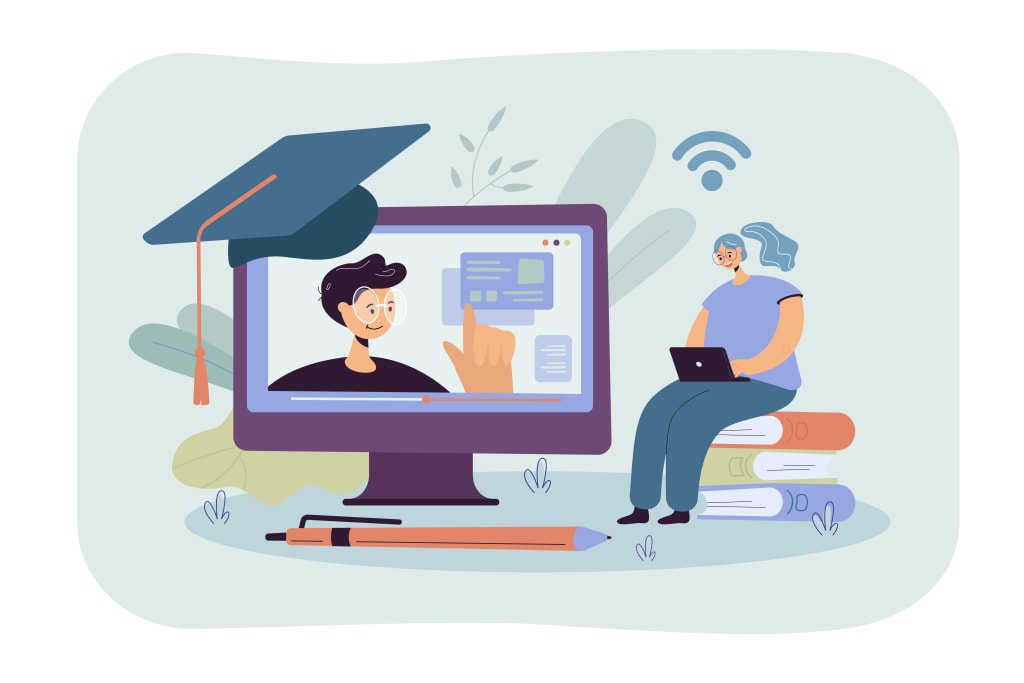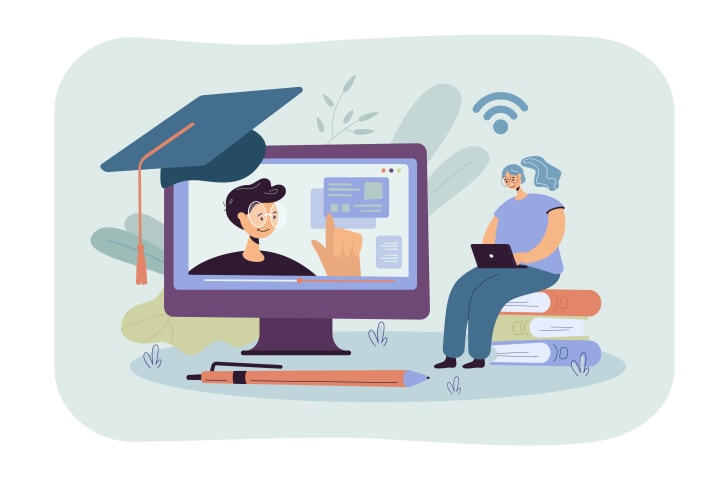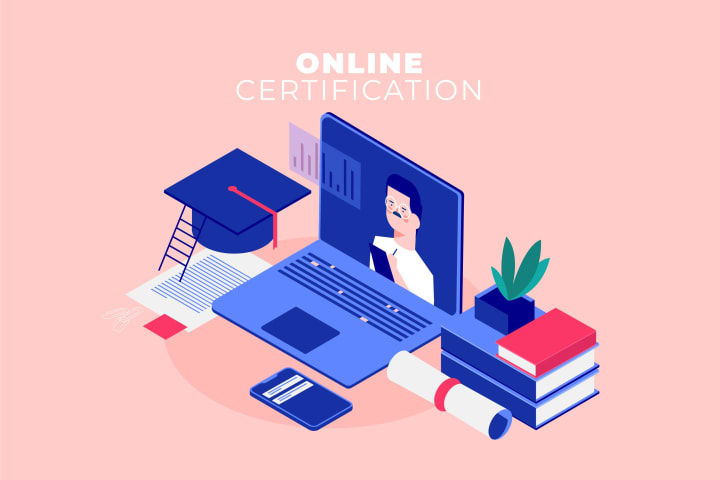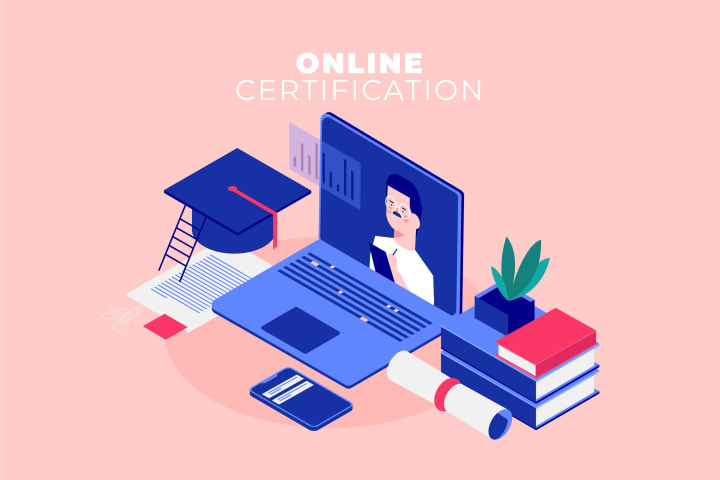Creating Effective Custom E-Learning
Best Practices for Businesses

In today’s rapidly evolving business landscape, organizations are increasingly turning to custom e-learning solutions to meet their training and development needs. Custom e-learning provides tailored educational experiences that align with a company’s specific goals, culture, and challenges, resulting in enhanced employee performance and overall business impact. This article explores the benefits of custom e-learning, strategies for effective implementation, and best practices for maximizing its impact on your business.

The Benefits of Custom E-Learning
1. Tailored Content for Specific Needs
Custom e-learning allows businesses to create content that directly addresses their unique needs and challenges. Unlike off-the-shelf courses, custom e-learning can focus on industry-specific knowledge, company policies, and job-related skills, ensuring that employees receive relevant and applicable training.
2. Enhanced Engagement and Retention
Engaging learning experiences are crucial for knowledge retention. Custom e-learning can incorporate interactive elements, real-world scenarios, and multimedia to capture learners’ attention and keep them engaged. This personalized approach makes learning more interesting and memorable, leading to better retention of information.
3. Scalability and Flexibility
Custom e-learning solutions can be easily scaled to accommodate different numbers of learners, whether for small teams or entire organizations. Additionally, these courses can be accessed anytime and anywhere, providing flexibility for employees to learn at their own pace and convenience.
4. Cost-Effectiveness
While the initial investment in custom e-learning development may be higher than purchasing off-the-shelf courses, the long-term benefits often outweigh the costs. Custom e-learning reduces the need for ongoing instructor-led training, travel expenses, and time away from work, leading to significant cost savings over time.
5. Consistency in Training
With custom e-learning, organizations can ensure consistent training across all departments and locations. This consistency helps maintain high standards and uniformity in knowledge and skills, which is particularly important for regulatory compliance and quality assurance.
Strategies for Effective Implementation
1. Conduct a Needs Analysis
Before developing custom e-learning courses, it’s essential to conduct a thorough needs analysis. Identify the specific learning objectives, target audience, and key challenges that the training should address. This analysis will guide the design and development process, ensuring that the final product meets your organization’s goals.
2. Collaborate with Subject Matter Experts (SMEs)
Collaborating with SMEs is crucial for creating accurate and relevant content. SMEs bring valuable insights and expertise to the table, helping to ensure that the training material is both informative and practical. Involve them in the content creation process to capture their knowledge and experiences.

3. Leverage Instructional Design Principles
Effective custom e-learning solutions are built on sound instructional design principles. Use established frameworks like ADDIE (Analyze, Design, Develop, Implement, Evaluate) to guide the development process. Focus on creating clear, concise, and well-structured content that facilitates learning and retention.
4. Incorporate Interactive Elements
Interactive elements such as quizzes, simulations, and branching scenarios can significantly enhance the learning experience. These elements encourage active participation and provide opportunities for learners to apply their knowledge in a safe environment, reinforcing learning outcomes.
5. Ensure Mobile Compatibility
In today’s digital age, it’s essential to ensure that your custom e-learning courses are mobile-compatible. This allows employees to access training materials on their smartphones and tablets, providing greater flexibility and accessibility.
Best Practices for Maximizing Impact
1. Continuous Evaluation and Improvement
Regularly evaluate the effectiveness of your custom e-learning courses through learner feedback, assessments, and performance metrics. Use this data to identify areas for improvement and make necessary updates to keep the content current and relevant.
2. Promote a Culture of Continuous Learning
Encourage a culture of continuous learning within your organization by providing ongoing training opportunities and resources. Recognize and reward employees who actively participate in e-learning programs, and create a supportive environment that values personal and professional growth.
3. Integrate E-Learning with Other Training Methods
While e-learning is a powerful tool, it should be part of a comprehensive training strategy. Integrate custom e-learning with other training methods such as on-the-job training, workshops, and coaching to provide a well-rounded learning experience.
4. Use Analytics to Drive Decisions
Leverage analytics and data from your e-learning platform to gain insights into learner behavior and training effectiveness. Use this information to make informed decisions about future training initiatives and to tailor learning experiences to meet evolving needs.
5. Engage Learners Through Personalization
Personalize the learning experience by offering tailored learning paths, personalized feedback, and relevant content recommendations. This approach helps to meet individual learner needs and increases engagement and motivation.

Conclusion
Custom e-learning offers a powerful way to maximize business impact by providing tailored, engaging, and flexible training solutions. By leveraging the benefits of custom e-learning and following best practices for implementation and continuous improvement, organizations can enhance employee performance, foster a culture of continuous learning, and achieve their strategic goals. Embrace custom e-learning as a vital component of your training strategy to drive success in today’s competitive business environment.
About the Creator
Enjoyed the story? Support the Creator.
Subscribe for free to receive all their stories in your feed. You could also pledge your support or give them a one-off tip, letting them know you appreciate their work.





Comments
There are no comments for this story
Be the first to respond and start the conversation.